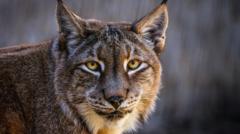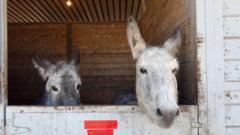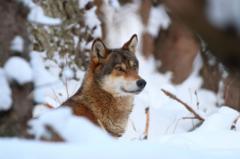By employing this method, the zoo aims to closely replicate the natural diet of its animals, such as the Eurasian lynx, which is among the population of predators, including lions and tigers. Through a post on social media, the zoo emphasized its commitment to mimicking the natural food chain, stating that smaller livestock is a significant part of the carnivores' diet.
While the zoo has been implementing this practice for several years, it stresses the importance of providing animals with a traditional diet that includes fur and bones. This not only enhances their quality of life but also aligns with ethical carnivore care standards. As part of the donation process, smaller animals can be brought in on weekdays, limited to four per visit, while horse donors need to comply with specific requirements such as possessing a horse passport and ensuring the animal has not been treated for illness in recent weeks.
Zoo officials noted that this communal feeding effort has been well-received, as many individuals appreciate the chance to contribute to the wellbeing of the zoo's inhabitants. Such initiatives are not without controversy, however, as animal welfare concerns are at the forefront of discussions within the zoo community.
While the zoo has been implementing this practice for several years, it stresses the importance of providing animals with a traditional diet that includes fur and bones. This not only enhances their quality of life but also aligns with ethical carnivore care standards. As part of the donation process, smaller animals can be brought in on weekdays, limited to four per visit, while horse donors need to comply with specific requirements such as possessing a horse passport and ensuring the animal has not been treated for illness in recent weeks.
Zoo officials noted that this communal feeding effort has been well-received, as many individuals appreciate the chance to contribute to the wellbeing of the zoo's inhabitants. Such initiatives are not without controversy, however, as animal welfare concerns are at the forefront of discussions within the zoo community.









